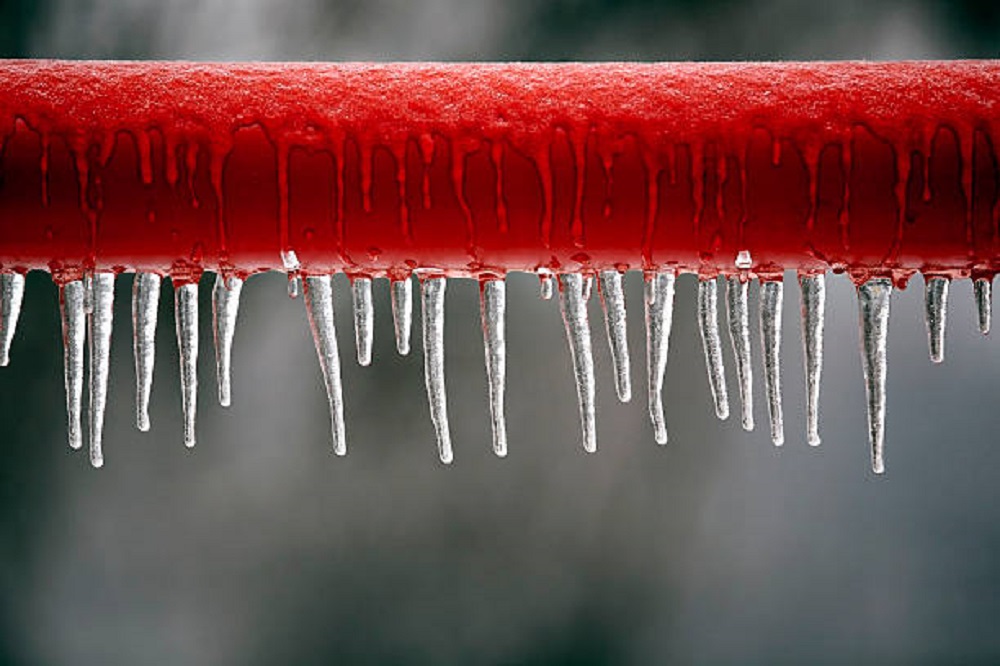If you find yourself dealing with a frozen kitchen sink drain, you're not alone. This common issue can be a major inconvenience, causing slow drainage or even a complete blockage. But don't worry, with a few simple steps, you can thaw out your frozen drain and get things flowing again. First, you'll need to locate the frozen section of your drain. This is usually where the P-trap is located, as this is the most vulnerable area for freezing. The P-trap is the curved section of pipe underneath your sink that prevents sewer gases from entering your home. It's also the spot where water is most likely to collect and freeze. Once you've located the frozen section, try using a hairdryer on its lowest setting to gently warm the pipe. Be careful not to use high heat or leave the hairdryer in one spot for too long, as this can damage the pipes. You can also try using a heat lamp or a space heater pointed in the direction of the frozen section. If the hairdryer or heat lamp method doesn't work, you can try pouring hot water directly onto the frozen area. This will help to melt the ice and allow the water to flow through. Just make sure to use a container that can withstand hot water, and be careful not to splash yourself or the surrounding area. Once the ice has melted, run hot water down your drain to flush out any remaining blockages. You may also want to pour a small amount of boiling water down the drain to help prevent future freezing.How to Fix a Frozen Kitchen Sink Drain
Prevention is always better than dealing with a frozen pipe. To avoid the hassle of a frozen kitchen sink drain, try these tips: 1. Insulate your pipes: Adding insulation to the pipes underneath your sink can help prevent them from freezing. You can use foam pipe insulation or even wrap them in towels or fabric. 2. Keep your cabinet doors open: Leaving the cabinet doors underneath your sink open can help warm air circulate and prevent freezing. 3. Run hot water regularly: If you have a faucet that you don't use often, make sure to run hot water through it regularly to prevent buildup and freezing. 4. Use a space heater: If you live in a particularly cold climate, you may want to invest in a small space heater to keep the area underneath your sink warm. 5. Keep your home warm: Make sure to keep your home at a reasonable temperature, even when you're away. This will help prevent any pipes from freezing, including the ones underneath your kitchen sink.How to Prevent Frozen Pipes Underneath Your Kitchen Sink
If you've noticed water droplets or a thin layer of water on the bottom of your kitchen sink cabinet, you may be wondering why there's condensation. There are a few possible reasons for this: 1. High humidity: If the air in your home is very humid, it can cause condensation to form on cool surfaces like the pipes underneath your sink. 2. Cold water: If you use a lot of cold water in your sink, the pipes may become cold and cause condensation to form. 3. Poor insulation: If the pipes underneath your sink are not properly insulated, they can become cold and cause condensation. 4. Leaks: If there is a small leak in your pipes, it can cause condensation to form as the water evaporates. If you notice excessive condensation, it's important to address the underlying issue to prevent any potential damage to your sink cabinet or pipes.Why is There Condensation Underneath My Kitchen Sink?
If you're dealing with a completely frozen kitchen sink drain, you'll need to take a few extra steps to thaw it out. 1. Turn off the water supply: Before attempting to thaw a frozen drain, make sure to turn off the water supply to your sink. This will prevent any potential leaks or further damage. 2. Use a heat source: As mentioned before, using a hairdryer, heat lamp, or space heater can help thaw a frozen drain. Just be patient and make sure to use caution. 3. Apply hot water: You can also try pouring hot water directly onto the frozen section of the drain to help melt the ice. 4. Use a plunger: If the above methods don't work, you can try using a plunger to loosen the frozen blockage. Place the plunger over the drain and plunge vigorously until the ice breaks up. 5. Call a professional: If you're unable to thaw the drain or if there is a more serious issue, it's best to call a plumber for assistance.How to Thaw a Frozen Kitchen Sink Drain
Insulating your pipes is an effective way to prevent them from freezing. Here's how to do it: 1. Measure the pipes: Measure the length and diameter of the pipes underneath your kitchen sink to determine how much insulation you'll need. 2. Cut the insulation: Using scissors or a utility knife, cut the insulation to fit the length of your pipes. 3. Wrap the pipes: Wrap the insulation around the pipes and secure it with duct tape or zip ties. 4. Insulate the P-trap: Don't forget to also insulate the P-trap, as this is the most vulnerable area for freezing. 5. Check for gaps: Make sure there are no gaps in the insulation and that it is properly covering all exposed pipes. 6. Repeat for other pipes: If you have additional pipes underneath your sink, repeat the insulation process for those as well.How to Insulate Pipes Underneath Your Kitchen Sink
Condensation is caused by a difference in temperature between the pipes and the surrounding air. When warm, humid air comes into contact with cool surfaces, like the pipes underneath your sink, the water in the air condenses and forms droplets. In addition to the reasons listed above, other factors that can contribute to condensation underneath a kitchen sink include poor ventilation, lack of insulation, or a high water table in the area. To prevent condensation, make sure to properly insulate your pipes and maintain a comfortable level of humidity in your home.What Causes Condensation Underneath a Kitchen Sink?
To avoid dealing with a frozen kitchen sink drain, follow these tips: 1. Run hot water: As mentioned before, running hot water through your drain regularly can help prevent freezing. 2. Use a drain cover: A drain cover can help to prevent debris from building up and potentially causing a blockage that can freeze. 3. Pour boiling water: Pouring a small amount of boiling water down your drain every now and then can help keep it clear. 4. Keep your home warm: Make sure to maintain a comfortable temperature in your home, even when you're away. 5. Insulate your pipes: Insulating your pipes is the most effective way to prevent them from freezing. 6. Check for leaks: Make sure to regularly check for any leaks in your pipes and address them promptly.How to Keep Your Kitchen Sink Drain from Freezing
If your kitchen sink drain is completely frozen, the P-trap may also be frozen. Here's how to identify and fix the issue: 1. Look for ice buildup: If you notice ice buildup on the P-trap, it's likely frozen. 2. Thaw the P-trap: Use a hairdryer or a heat lamp to gently thaw the P-trap. Be careful not to use high heat or leave the heat source in one spot for too long. 3. Insulate the P-trap: Once the P-trap has thawed, make sure to insulate it to prevent freezing in the future. 4. Check for leaks: After the P-trap has thawed, check for any leaks and address them promptly.How to Identify and Fix a Frozen Kitchen Sink Trap
To prevent condensation, follow these tips: 1. Maintain a comfortable humidity level: Keep the humidity level in your home between 30-50% to prevent excess moisture in the air. 2. Properly ventilate: Make sure your kitchen is properly ventilated to allow any excess moisture to escape. 3. Insulate your pipes: Properly insulating your pipes can help keep them at a consistent temperature and prevent condensation. 4. Check for leaks: Regularly check for any leaks in your pipes and address them promptly. 5. Use a dehumidifier: If you live in a particularly humid area, consider using a dehumidifier to help control the moisture in your home.How to Prevent Condensation Underneath Your Kitchen Sink
If you notice a leak in your kitchen sink drain, it's important to address it as soon as possible to prevent any potential water damage. Here's how: 1. Turn off the water supply: Before attempting to fix a leak, make sure to turn off the water supply to your sink. 2. Identify the source of the leak: Check all the connections and joints in the drain to determine where the leak is coming from. 3. Tighten connections: If the leak is coming from a loose connection, use a wrench to tighten it. 4. Replace damaged parts: If a connection or pipe is damaged, you'll need to replace it. Make sure to turn off the water supply and consult a professional if needed. 5. Test for leaks: Once you've made the necessary repairs, turn the water supply back on and check for any remaining leaks.How to Fix a Leaking Kitchen Sink Drain
Why is There Condensation Underneath Your Kitchen Sink and How to Fix It

What Causes Condensation Underneath the Kitchen Sink?
 If you've noticed condensation underneath your kitchen sink, don't panic. This is a common problem that many homeowners face, especially during the winter months. Condensation occurs when warm air meets a cold surface, causing the moisture in the air to turn into liquid form. In the case of your kitchen sink, the warm air from your home comes into contact with the cold pipes underneath, resulting in condensation. This can happen in any season, but it's more likely to occur during the colder months due to the temperature difference between the warm air inside and the cold pipes underneath.
If you've noticed condensation underneath your kitchen sink, don't panic. This is a common problem that many homeowners face, especially during the winter months. Condensation occurs when warm air meets a cold surface, causing the moisture in the air to turn into liquid form. In the case of your kitchen sink, the warm air from your home comes into contact with the cold pipes underneath, resulting in condensation. This can happen in any season, but it's more likely to occur during the colder months due to the temperature difference between the warm air inside and the cold pipes underneath.
Why is it a Concern?
 While condensation underneath your kitchen sink may seem like a minor inconvenience, it can actually lead to bigger problems. The constant presence of moisture can create the perfect breeding ground for mold and mildew. These can not only cause unpleasant odors and damage to your home, but they can also pose a health risk to you and your family. Additionally, if left unchecked, condensation can cause your pipes to rust and corrode, leading to costly repairs in the future.
While condensation underneath your kitchen sink may seem like a minor inconvenience, it can actually lead to bigger problems. The constant presence of moisture can create the perfect breeding ground for mold and mildew. These can not only cause unpleasant odors and damage to your home, but they can also pose a health risk to you and your family. Additionally, if left unchecked, condensation can cause your pipes to rust and corrode, leading to costly repairs in the future.
How to Fix Condensation Underneath Your Kitchen Sink
 The good news is that there are simple steps you can take to fix the issue of condensation underneath your kitchen sink. The first step is to identify and address any potential sources of excess moisture in your home. This can include leaky pipes, poorly sealed windows, or even high humidity levels. Once you've addressed these issues, you can take further steps to prevent condensation, such as insulating your pipes or using a dehumidifier in your home.
Another effective solution is to install a kitchen sink mat or tray.
These are specifically designed to absorb any excess moisture and prevent it from coming into contact with your pipes. They also provide a protective barrier between your pipes and any cleaning products or other items stored under your sink. Be sure to regularly check and replace these mats or trays if they become saturated with water.
Proper ventilation is also key in preventing condensation underneath your kitchen sink.
Make sure your kitchen is well-ventilated, especially when cooking or doing other activities that produce steam or moisture. You can also install a small fan or dehumidifier specifically for the area under your sink to help keep the air circulating and prevent excess moisture from building up.
The good news is that there are simple steps you can take to fix the issue of condensation underneath your kitchen sink. The first step is to identify and address any potential sources of excess moisture in your home. This can include leaky pipes, poorly sealed windows, or even high humidity levels. Once you've addressed these issues, you can take further steps to prevent condensation, such as insulating your pipes or using a dehumidifier in your home.
Another effective solution is to install a kitchen sink mat or tray.
These are specifically designed to absorb any excess moisture and prevent it from coming into contact with your pipes. They also provide a protective barrier between your pipes and any cleaning products or other items stored under your sink. Be sure to regularly check and replace these mats or trays if they become saturated with water.
Proper ventilation is also key in preventing condensation underneath your kitchen sink.
Make sure your kitchen is well-ventilated, especially when cooking or doing other activities that produce steam or moisture. You can also install a small fan or dehumidifier specifically for the area under your sink to help keep the air circulating and prevent excess moisture from building up.
In Conclusion
 Condensation underneath your kitchen sink may seem like a small issue, but it can lead to bigger problems if left untreated. By identifying and addressing potential sources of excess moisture, using protective mats or trays, and ensuring proper ventilation, you can prevent condensation and keep your kitchen sink area dry and safe. Remember, if the problem persists or becomes more severe, it's always best to consult a professional plumber for further assistance.
Condensation underneath your kitchen sink may seem like a small issue, but it can lead to bigger problems if left untreated. By identifying and addressing potential sources of excess moisture, using protective mats or trays, and ensuring proper ventilation, you can prevent condensation and keep your kitchen sink area dry and safe. Remember, if the problem persists or becomes more severe, it's always best to consult a professional plumber for further assistance.

















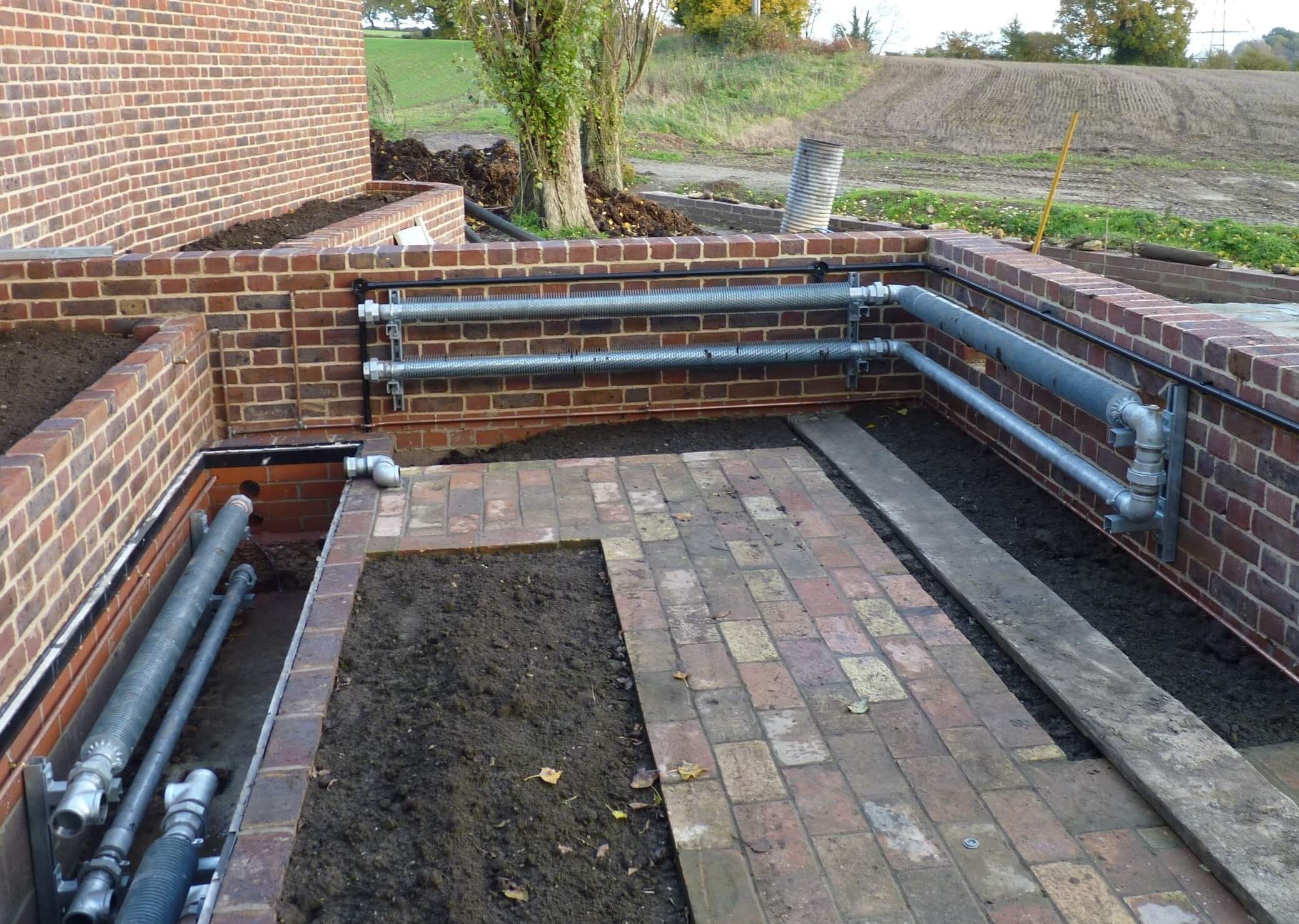
/how-to-install-a-sink-drain-2718789-hero-24e898006ed94c9593a2a268b57989a3.jpg)











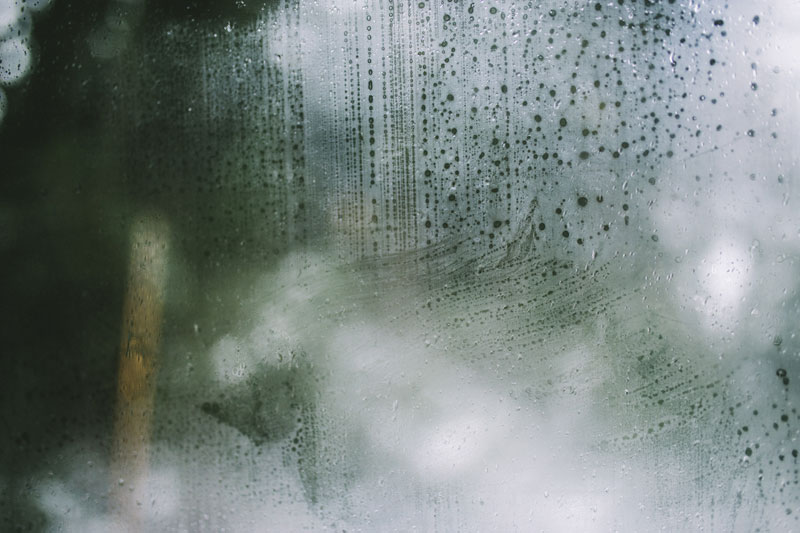
























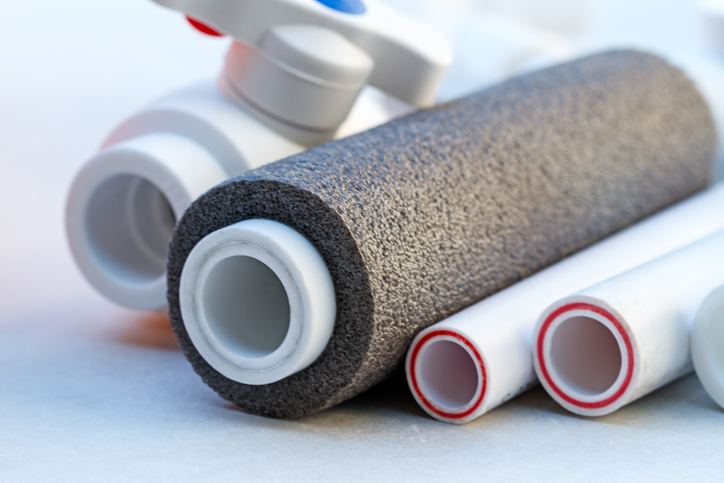







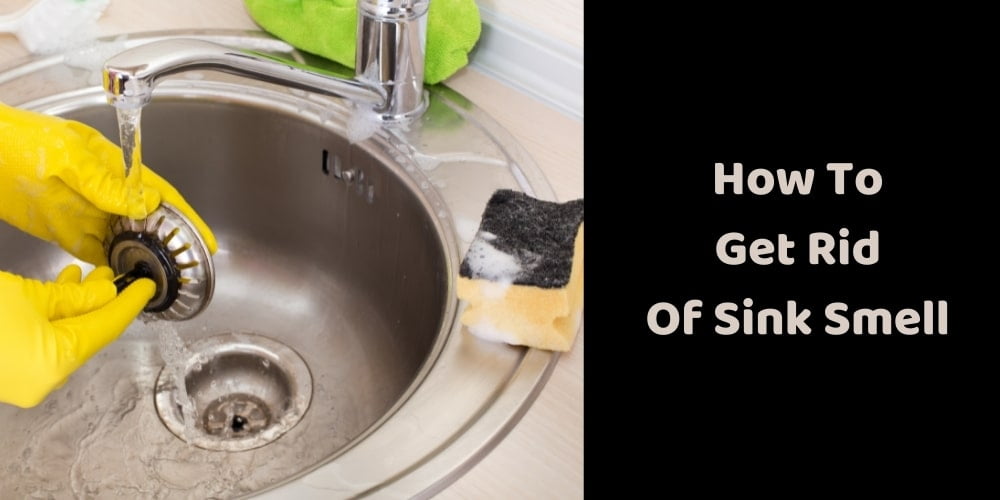



/how-to-install-a-sink-drain-2718789-hero-b5b99f72b5a24bb2ae8364e60539cece.jpg)














